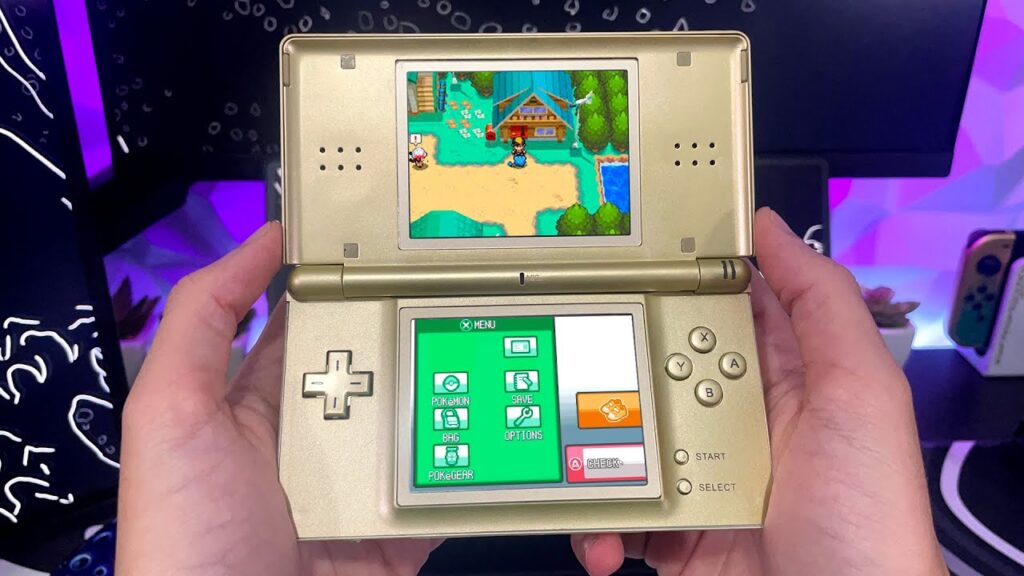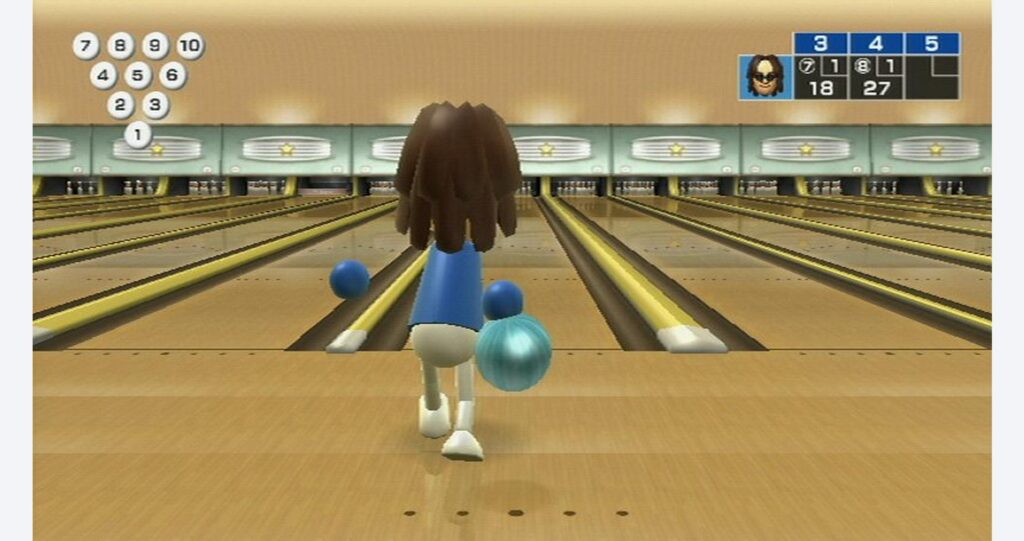Let’s be honest: Nintendo is probably the most recognizable name in gaming. So far, they have created:
- Some of our favorite characters: Mario, Kirby, and Zelda are still among fan favorites;
- Many awesome Nintendo consoles, such as the NES, the Wii, the DS, and the Switch;
- Some of the coolest theme parks and game-related movies so far, like the Super Nintendo World, the 20-something Pokémon movies, and The Super Mario Bros. Movie released in 2023.
But what’s the secret to Nintendo’s success? How have they managed to stay on top of the gaming world for so long, even with fierce competition from giants like Atari (in the 80s), Sony, and Microsoft?
This article will dive into the genius behind Nintendo consoles, exploring the strategies, innovations, and unique approaches making them a seemingly permanent force in the gaming world.
The making of the Nintendo consoles empire

Nintendo’s journey began long before video games. Founded in 1889 by Fusajiro Yamauchi, the company initially produced handmade playing cards.
It wasn’t until the mid-20th century that they ventured into toys and electronic games before eventually leaping into the video game market during a tumultuous period – the video game crash of the early 1980s.
The market was flooded with low-quality games, retailers were hesitant, and consumers had lost faith. Nintendo saw an opportunity not just to enter the market, but to fix it.
Their solution? A two-pronged approach focusing on quality and marketing. They introduced the “seal of quality,” a strict certification process that ensured games released for their consoles met certain standards. This helped restore consumer confidence and establish Nintendo as a brand that cared about quality.
They also cleverly positioned their first home console, the Nintendo Entertainment System (NES), as an “entertainment system” rather than a video game console, overcoming retailer resistance and appealing to a broader audience. This strategic positioning helped the NES gain a foothold in a skeptical market, paving the way for Nintendo’s eventual domination.
Once Nintendo had a hit product and a loyal customer base, they turned their attention to growth, fueled by a unique brand positioning.
Fun for everyone!

Nintendo figured out early on that chasing the latest tech wasn’t the only way to win in the gaming world.
While other companies focused on making their consoles as powerful as possible, Nintendo cared more about making games that were actually fun to play. Their former president, Satoru Iwata, put it best: “Video games are meant to be just one thing. Fun. Fun for everyone.” And that idea has been a huge part of their success.
The company has always put gameplay first. They knew they could create awesome and unique games, even if their consoles weren’t the most powerful. This helped them keep costs down, and they put that extra money back into making even more fun games. It’s a simple idea, but it works!
This focus on fun for everyone is easily seen in many of Nintendo’s best-selling games and consoles. The Wii, for instance, was a smash hit with its motion controls and easy-to-learn games. Wii Sports got whole families playing together, even people who had never picked up a game controller before.
The Nintendo DS, with its two screens (one of them being a touch-sensitive screen), brought a whole new way to play. Games like Brain Age and Nintendogs were hits with people who didn’t even think of themselves as gamers. And now the Switch, which you can play on your TV or on the go, is all about playing together, whether you’re a hardcore gamer or just looking for some casual fun.
Nintendo’s strategy shows that making games fun for everyone is a winning formula, and it helped them build a loyal fan base while staying on top of the gaming world.

Building worlds beyond games with franchises
The company’s success cannot be explained solely by its Nintendo consoles, though. It created interesting universes around memorable characters, building franchises that extend beyond gaming.
Don’t believe us? Mario, Zelda, Donkey Kong, Splatoon, Pokémon, and Animal Crossing – all global icons, instantly recognizable and loved by millions. They’re a huge part of what makes Nintendo such a powerful brand.
These franchises create deep connections with people. Many might shrug them off as being “just games,” but, for many, it’s a way to consume new stories, experience new things, and find new communities.
They tap into nostalgia, spark excitement, and create a shared sense of belonging. Nintendo understands this, and they’ve used it to their advantage, expanding their reach far beyond video games.
Think back to the old Super Mario cartoons or those Pokémon cards everyone collected. Nintendo has a long history of extending its franchises into other areas, from merchandise and movies to TV shows and theme parks.
This approach is incredibly smart. Why? First, it strengthens Nintendo’s image as a company that creates fun experiences. It also lets them reach people who might not play video games but still love their characters.
For example, a family might not own a Switch, but they’ll still take their kids to see the latest Super Mario movie or visit a Nintendo theme park. This introduces new people to the world of Nintendo.
Second, extending franchises also makes Nintendo more money. Merchandise, licensing deals, and theme park tickets bring in a lot of revenue, which can then be used to fund research and development of new games and consoles.
It’s a win-win: fans get to enjoy their favorite characters in new ways, and Nintendo gets to keep growing.

Pivotal Nintendo consoles: from oldest to newest
Nintendo has a long and storied history in the video game industry, and its consoles have played a huge role in transforming how we approach gaming. From simple beginnings to clever breakthroughs, let’s take a look at some of the most important Nintendo consoles, from oldest to newest:
- Color TV-Game (1977): this simple console, released only in Japan, was Nintendo’s first foray into the home console market, paving the way for its success;
- Nintendo Entertainment System (NES) (1983): it kind of rescued the video game industry from the crash of the early 80s and introduced iconic characters like Mario and Zelda;
- Super Nintendo Entertainment System (SNES) (1990): it upped the ante with 16-bit graphics and classic games like Super Metroid and The Legend of Zelda: A Link to the Past;
- Nintendo 64 (1996): the N64 brought 3D gaming to the masses with its updated controller design and popular titles like Super Mario 64 and The Legend of Zelda: Ocarina of Time;
- Nintendo GameCube (2001): this quirky cube-shaped console had a dedicated following thanks to its powerful hardware and classic games like Super Smash Bros. Melee and Metroid Prime;
- Wii (2006): the Wii revolutionized gaming with its motion controls, making gaming accessible to a whole new audience with Wii Sports leading the way;
- Nintendo Switch (2017): considered the first truly hybrid console, it allows for both handheld and docked play. Seven years after its launch, the Switch is still a massive success, proving that innovation is still at the heart of Nintendo’s philosophy.
These consoles, each representing a different generation of gaming, showcase Nintendo’s ability to innovate and deliver fun and engaging experiences. They’ve brought joy to millions of players worldwide, shaping gaming culture and solidifying Nintendo’s position as a force to be reckoned with.

Conclusion
No matter what you believe, Nintendo consoles have a special place in gaming history. Throughout the decades, they’ve given us iconic characters, awesome games, and countless hours of fun. Nintendo’s always been about making games everyone can enjoy, and that’s a big part of why they’re so successful.
Have a cool game idea but not sure where to start? Main Leaf can lend you a hand! We’re a team of game developers and artists who love bringing game ideas to life. We’re passionate about making polished, fun, unique, and aesthetically pleasing games. Let’s chat – maybe we can create something awesome together?

